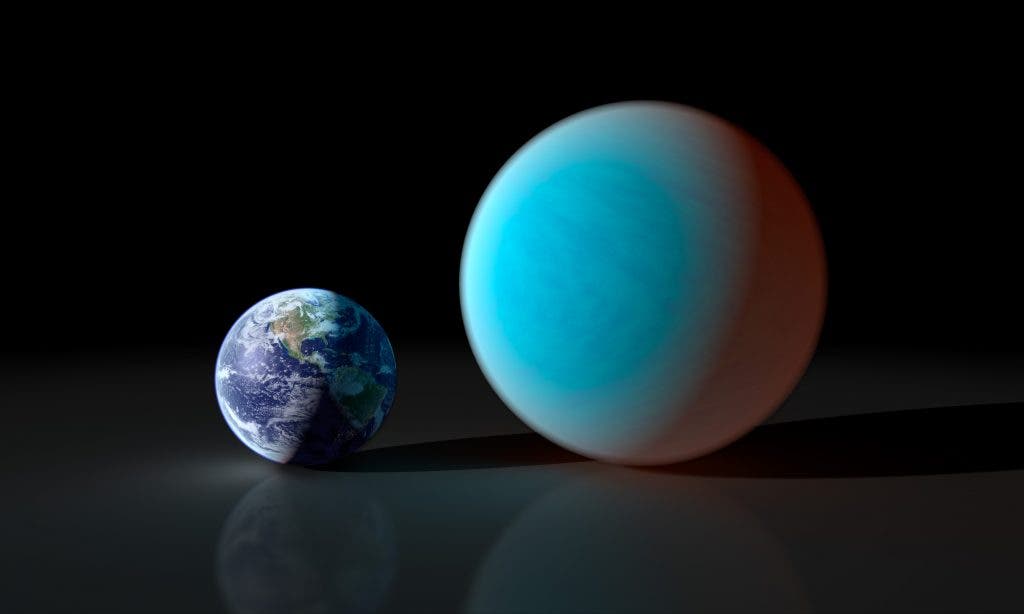Space-based telescopes have been used to spot planets (even Earth-like planets) for years now, but this is the first time ever that a ground-based telescope has detected an Earth like planet. A telescope based on the ground in La Palma (one of the Canary Islands) called Nordic has found 55 Cancri e, an exoplanet two times bigger than Earth orbiting a star much like our Sun.

The Nordic Optical Telescope (NOT) is an astronomical telescope located at Roque de los Muchachos Observatory, La Palma in the Canary Islands. The telescope saw first light in 1988. As the name indicates, the telescope is funded by nordic countries: Denmark, Sweden, Norway, Finland, and (since 1997) Iceland. The problem with ground-based telescopes is the atmosphere – basically, the atmosphere acts like a screen, blocking out much of the visual information. For this reason, space telescopes are believed to be more effective at discovering other planets, though they have other associated issues (costs being one of them).
NOT found the start through “the transition method”; basically, the telescope observes a star and the light coming from a star. As the planet passes between its star and the Earth, you can see a dip in the star’s luminosity (because a part of it is blocked by the planet). Based on that dip, you can then estimate how big the planet is. In this case, the planet called 55 Cancri e is about two times bigger than Earth.
Astronomers are optimistic that they can find many more planets with this method using ground-based telescopes.
“We expect these surveys to find so many nearby terrestrial worlds that space telescopes simply won’t be able to follow up on all of them. Future ground-based instrumentation will be key, and this study shows it can be done”, affirmed study’s co-author Mercedes Lopez-Morales, a researcher at the Harvard-Smithsonian Center for Astrophysics.
However, despite being quite similar to Earth, this planet is likely not habitable. 55 Cancri e (abbreviated 55 Cnc e) is orbits the Sun-like star 55 Cancri A. Its mass is about 7.8 Earth masses and its diameter is about twice that of Earth’s, thus classifying it as the first Super-Earth discovered around a main sequence star, predating Gliese 876 d by a year. It takes less than 18 hours to complete an orbit. In 2012, a study concluded that it may be a carbon planet – a theoretical type of planet that contains more carbon than oxygen.






